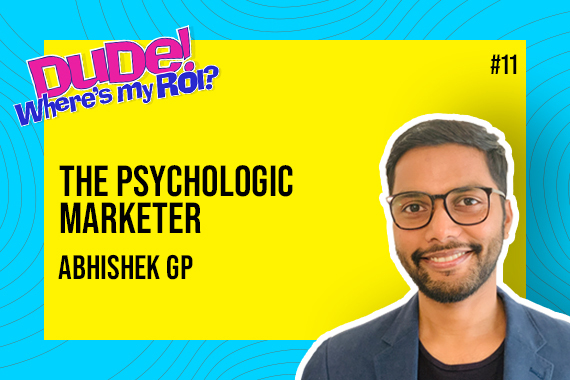Doing Business with a cause — TOMS Case Study
In 2006, Blake Mycoskie travelled through Argentina. On his trip there, he noticed that many children in the country were deprived of a basic necessity — a pair of shoes! He came back, and later that year he created a company — TOMS Shoes. Today, TOMS has positioned itself as one of the leading players in the footwear industry. But with a twist! TOMS placed itself as a company that integrated Corporate Social Responsibility fully into its business model. Their CSR is known as the “One for One”, and the strategy is simple — whenever you buy a pair of shoes from TOMS, they donate a pair of shoes to a child in need. The same is being done for their eyewear line and bags too. Every time someone buys a pair of sunglasses from TOMS, they donate glasses or provide surgery to restore the sight of ones in need. As for bags, one purchase equals to TOMS going out of their way to help deliver a safe birth to a mother in need.
TOMS is no longer a fashion or luxury brand, it has shaped itself as a movement with several other projects running on the side that helps them create a separate identity of their own. For example, the ‘One Day Without Shoes’ phenomenon that happens everywhere to raise awareness about the children around the world who don’t have the luxury of wearing shoes. Or the #withoutshoes trend on the internet that encouraged people to click a picture of their feet without the shoes and one picture equalled to one pair of shoes donated.
TOMS business model is simple, effective and its positive impact has been recognised by the industry and beyond. The decision to integrate CSR into the main business model itself might sound like a risky step that wouldn’t result in a much profitable outcome. But for TOMS and its owner Blake Mycoskie, the integrity and their mission matter the most. This, in turn, convinces the consumers to invest in TOMS’ designer shoes because they know what they are investing in. They feel good about doing something without actually doing anything. People connect with the brand because buying from TOMS is like wearing a badge that announces, “I did something for someone.” And if you can give a sense of accomplishment to people, nothing better than that.
People today are likely to switch to a brand that supports a cause. And more than 90% of consumers think that brands should give back to communities they are doing business with. This explains it all. Major brands today that include names like Nike or Dove or the PnG group in India have integrated CSR into their business and have seen tangible results.
The ‘One for One’ campaign apart from doing good to the society surely made Mr Mycoskie a wealthy man. TOMS in the past 9 years, has donated over 35 million pairs of shoes in 70 countries with its founder having garnered a net worth of 300 million dollars — all thanks to the brand that returns back what it sells.
The success was a result of the idea of telling a compelling story of helping the ones in need and showcasing it through a global lens. This causes a chain reaction and celebrities and influencers flock the brand to market it. TOMS did not have to pay any celebrities to market their product. Instead, the celebrities were interested in becoming a part of the brand, attracted to its strong social media presence and their tendency to join charitable causes for generating a positive persona of themselves.
Social entrepreneurship has its own monetary benefits that come from people associating to your brand because of the cause you promote and the mission and values that drive your business.
Learn more about starting and sustaining a purpose-driven business in our workshop on Conscious Capitalism by Vainateya Gavai on 15th June’19 with Sycabe. To know more, click on the link — https://bit.ly/2JLpiRN




0 Comments